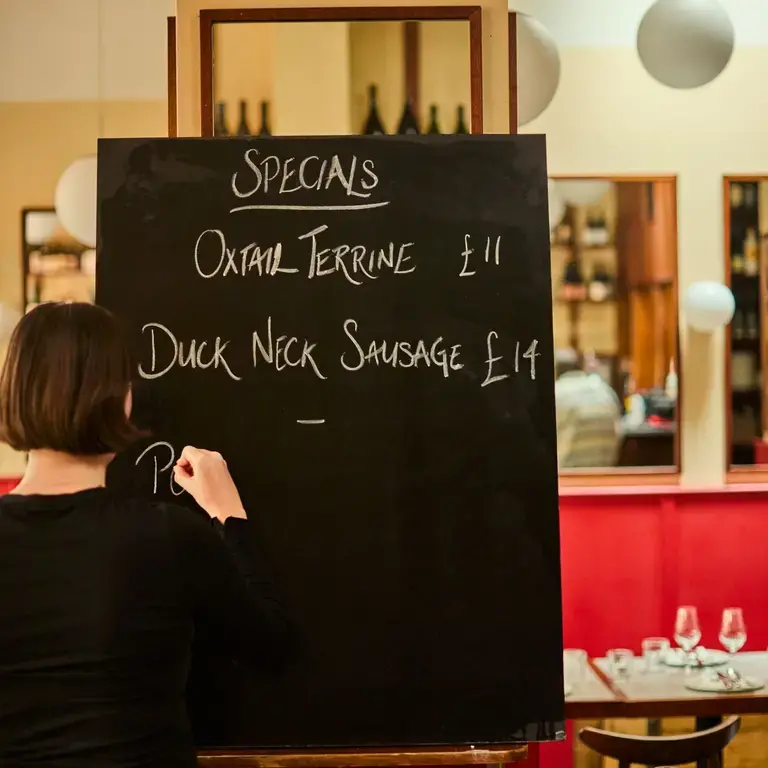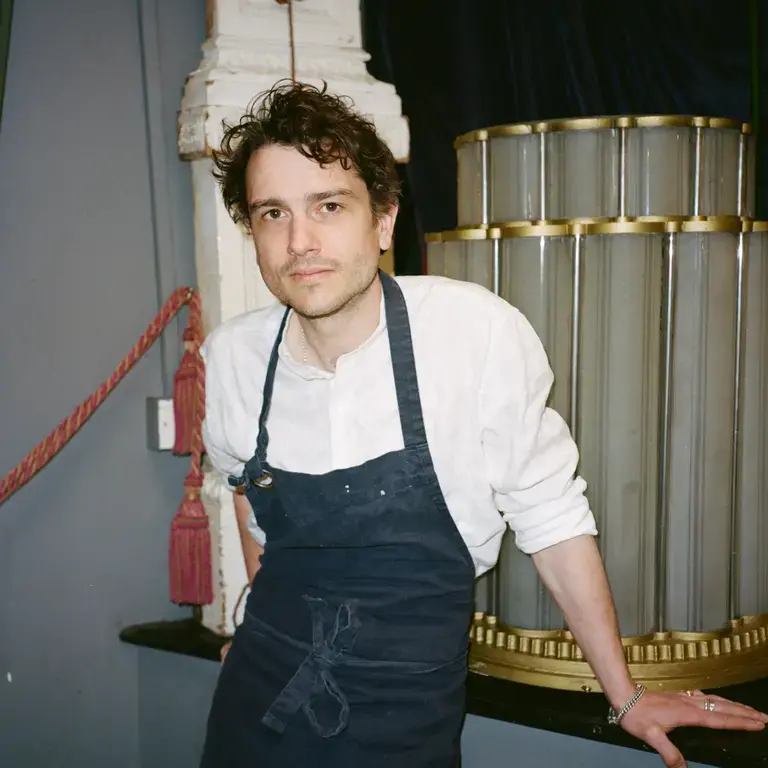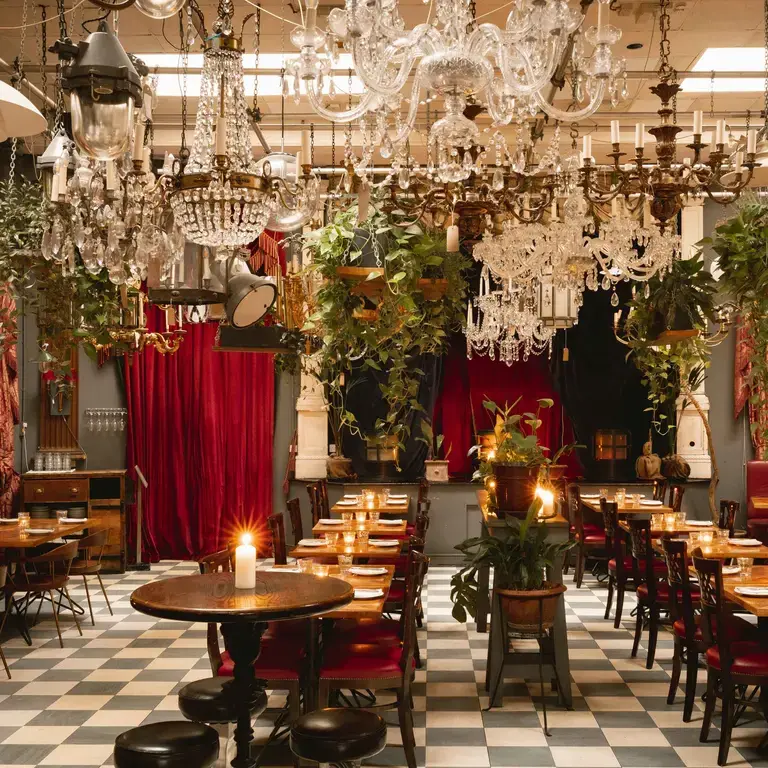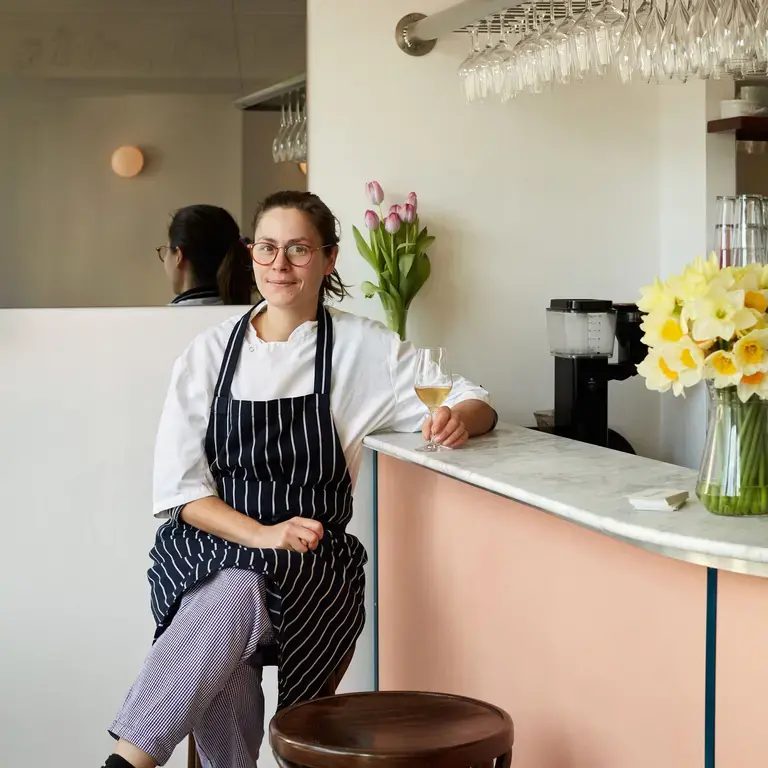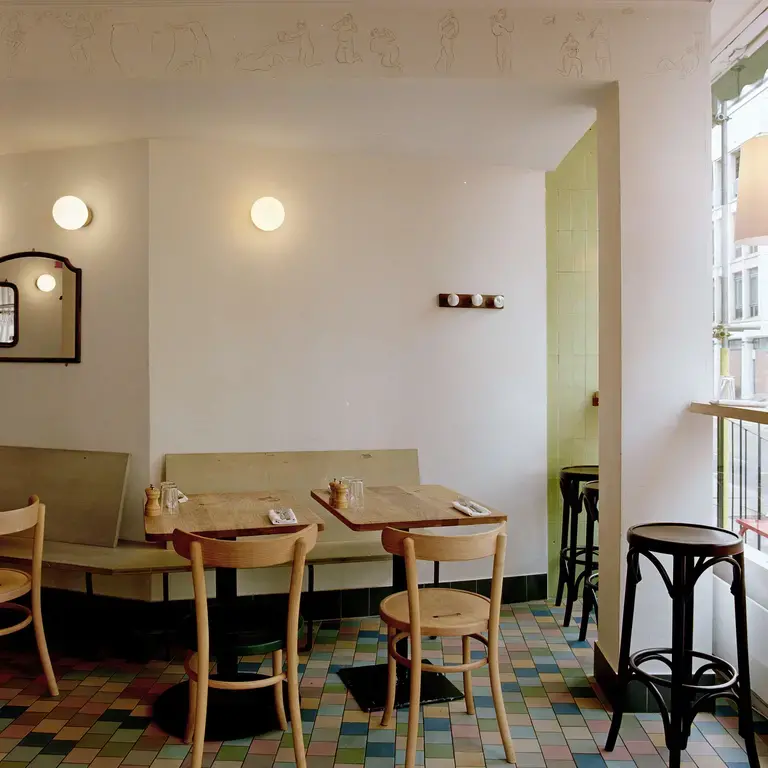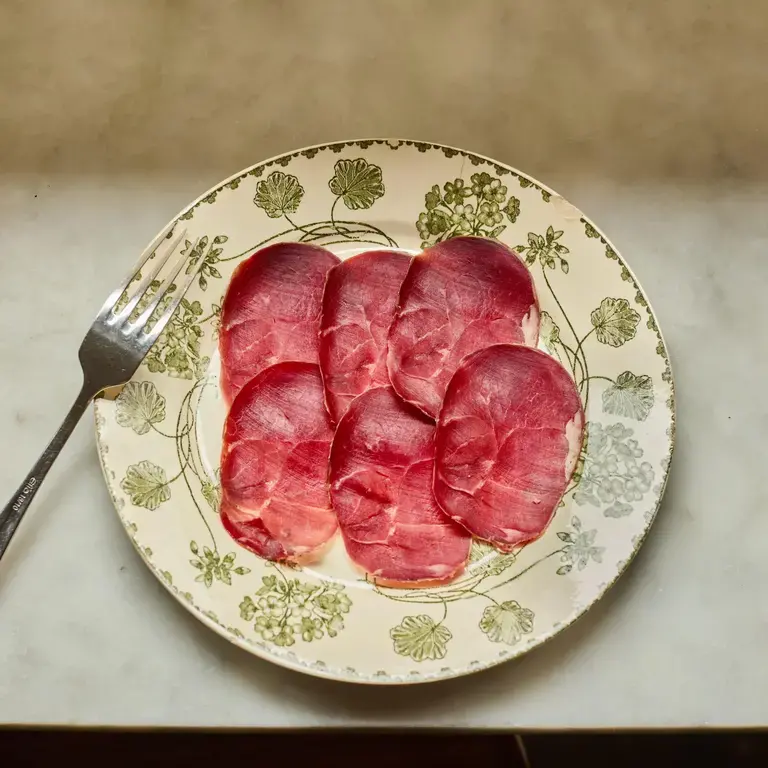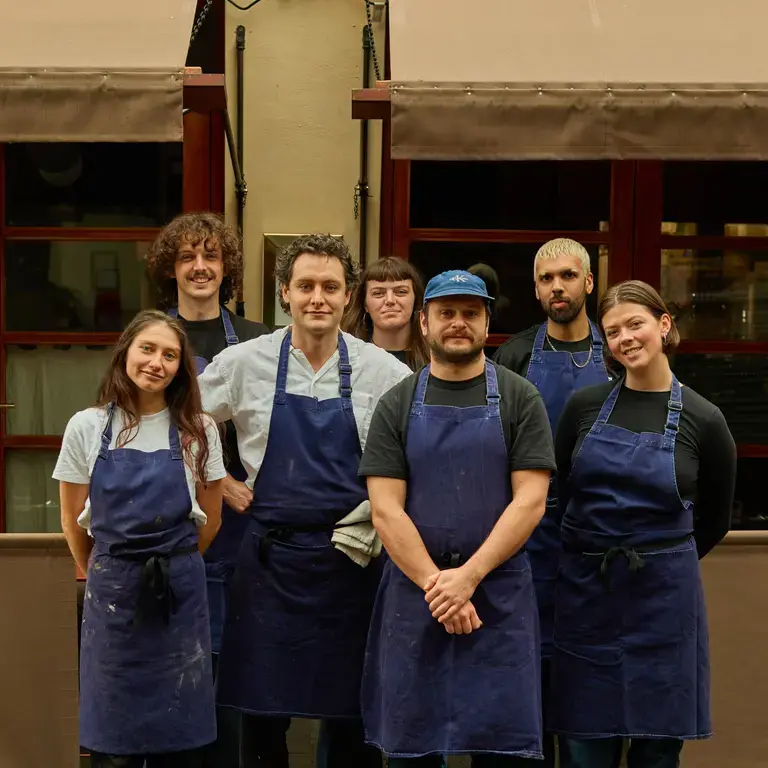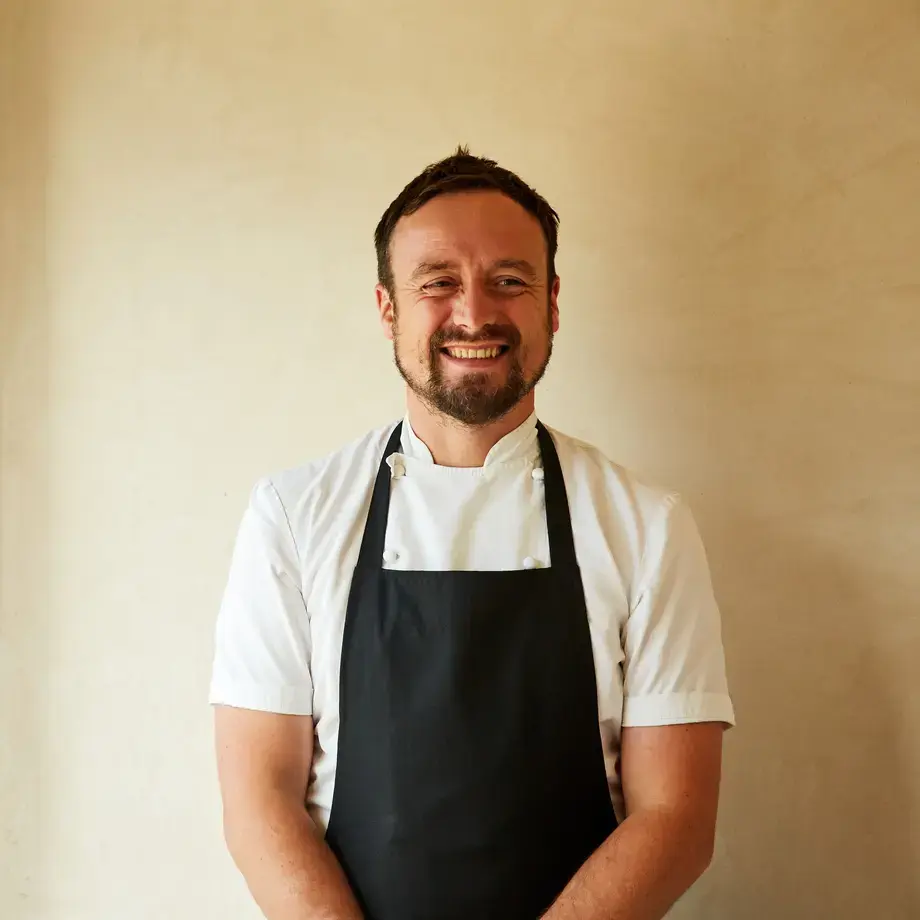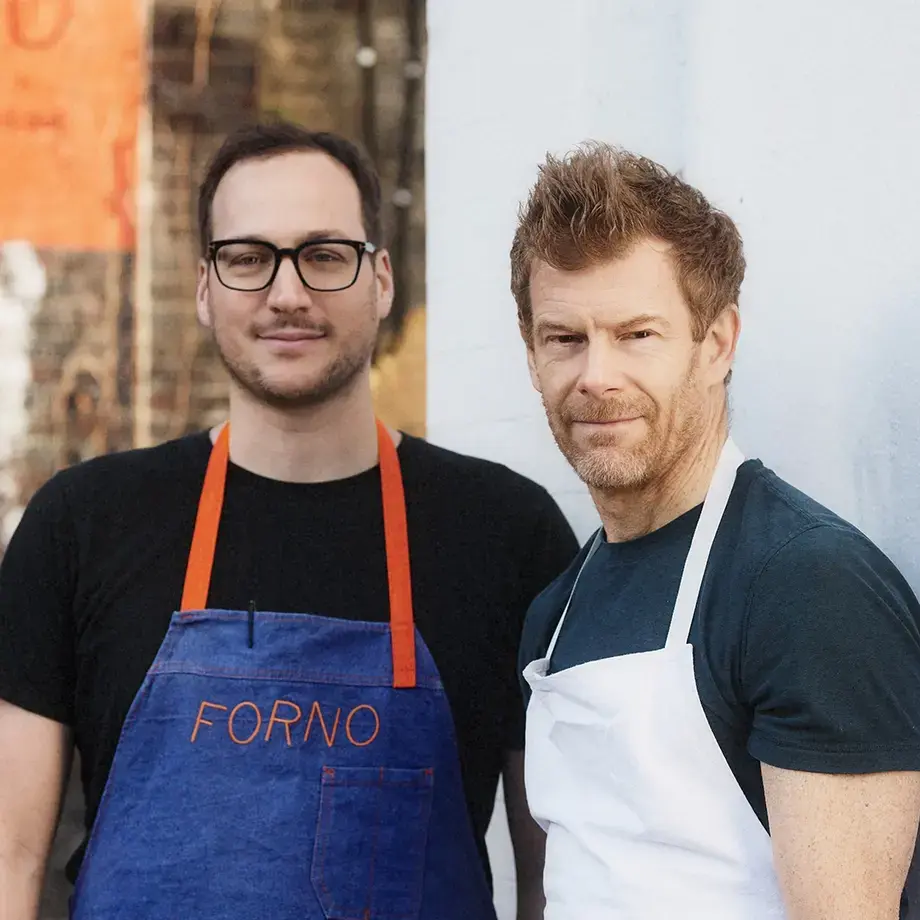When chef Hugh Corcoran of the controversial Yellow Bittern restaurant in London called out diners on a now-deleted Instagram post for not ordering enough food, the internet erupted in outrage and faux-critical think pieces. Few of them, however, pointed out that Corcoran’s ire was directed not at those four specific diners per se – and their assumption that it's okay to order one starter, two mains and a glass of tap water between them – but rather at what they represented. “Little sharing plates have ruined dining. Or rather, it has ruined diners,” is how he opened. Not much from a chef’s mouth has sounded so provocative – but had he focused his criticism more squarely on the tyranny of small plates, perhaps more people would’ve agreed with him.
Everyone has an opinion about small plates; today, it’s usually negative. In Corcoran’s case, it’s the confusion that small plates menus have generated about what he called “dining etiquette”. As for the diner, it’s the increasingly ludicrous portion sizes. A single scallop sliced like steak for the same price as a scallop starter that has five of them? Check. A broccoli dish once a £4 side, now dressed up with £8’s worth of nuts? Check.
But like all discourses, this one carries a degree of fantasy. At its best, the small plate signals a kind of cultural self-stylisation – urbane, leisurely and effortlessly cool. At its worst, it’s dismissed as fussy, hipsterish and performatively pretentious. “Give me proper food,” the anti-small-plates brigade will moan. Then there’s everything in between, where the small plate becomes so many things that it ends up meaning nothing at all.
So how did we get here – and where are we now? The best way to start telling this story is to try and identify where it began.
It is hard to pinpoint an exact moment when small plates culture arose in London (and spread later to other parts of the UK), but there were a few significant movements that transformed the restaurant landscape in the city.
The Ottolenghi effect?
My initial theory – like many roads in UK food culture today – led me back to Ottolenghi. I’ve written about the effect Ottolenghi has had on our food culture in terms of ingredients and style – but whilst colossal salad displays and the introduction of sumac and za’atar to the UK are not the engine of small plates culture, they are aspects of one key social effect: sharing food.
The introduction of the long table at Ottolenghi Islington, which opened in 2004, was a significant move in the architectural history of the London restaurant. You were suddenly no longer separated from other parties by discreet boundaries or stiff formality. You shared space – and, implicitly, a dining experience – with strangers. You could think of the small plate in similar terms. Its ethos of sharing ran counter to the more individualist, course-by-course model of eating that had long dominated British restaurants.
This mode of eating has roots in mezze: a Levantine tradition of non-sequential, collective dining, where large groups gather around tables heaving with kaleidoscopic spreads of hummus, baba ghanoush, fried kibbeh and sumac-laced salads. The goal is to taste as much as possible, together. The pleasure is communal, not private – a constellation of flavours and textures meant to be passed around, talked about and returned to.
Whether it was the manner of eating at that restaurant (and other modern Middle Eastern restaurants of a similar ilk) or whether such ideas of commensality were adopted in domestic settings and then filtered out, former boundaries were broken, and people now sought to share dishes with others. It encouraged spontaneity, generosity and ease – you were, quite literally, breaking bread together. Hence, another aspect that comes with this is informality. The two are tied together. However, the rapid rise of Levantine cuisine in London in the 2010s was not the only force at work. If Ottolenghi introduced some folk to the notions of informality and sharing, the natural wine bar expanded the culinary creativity in such settings.
